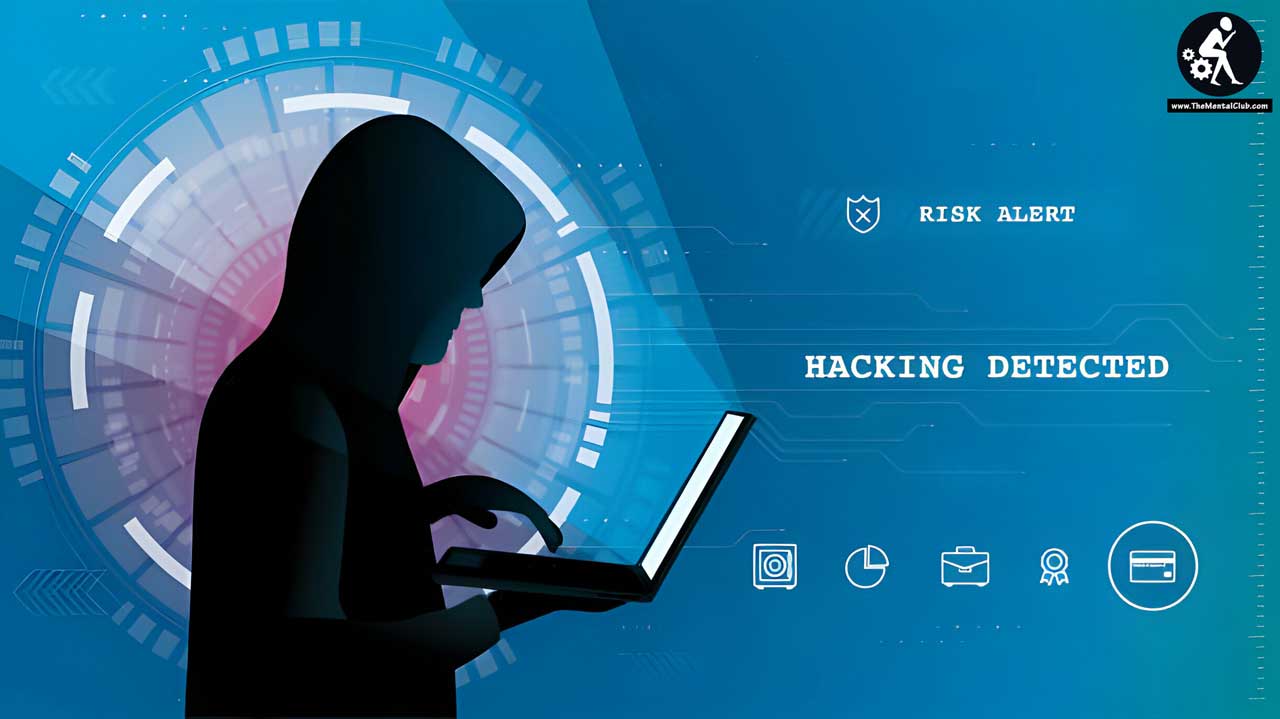The terms ‘data breach’ and ‘privacy breach’ are often heard in news headlines, corporate boardrooms, and even casual conversations. Despite their frequent use, there’s a significant difference between these two types of breaches, each posing unique challenges and necessitating specific protective measures.
So, today we will aim to demystify these terms, emphasizing the roles of hard drive proper disposal, effective backup strategies, and adherence to compliance standards in safeguarding data integrity and privacy.
Understanding the Distinction

Data Breach: The Broad Scope of Unauthorized Access
A data breach is an incident where information is accessed without authorization. This could involve a range of data types, from corporate secrets to personal information, and occurs due to various reasons like cyber-attacks, employee negligence, or even physical theft of devices. The primary concern here is the unauthorized access to any data, sensitive or otherwise.
Privacy Breach: A Subset Focused on Personal Information
Privacy breaches are a more specific subset of data breaches. They occur when personal information is improperly accessed, used, or disclosed. This type of breach directly impacts an individual’s privacy rights and often involves sensitive information like health records, financial data, or personal identifiers. This can lead to identity theft and other serious financial or reputational issues. Companies must be vigilant in protecting their customers’ personal information, and individuals must also be aware of the risk of data breaches and take proper precautions to protect their data.
Protective Measures

The Role of Hard Drive Destruction in Data Security
One crucial aspect of preventing data breaches, particularly when disposing of old devices, is secure hard drive destruction. Merely deleting files or formatting a hard drive doesn’t erase the data permanently. Skilled individuals can still recover this information. Physical destruction of the hard drive is a fail-safe way to ensure that the data it contains is irretrievable, thereby significantly reducing the risk of a breach.
Avoiding Breaches with Backups
Regular backups are another key strategy in data protection. Backups ensure that in the event of a data breach, the lost or compromised data can be restored from another source. This minimizes the impact of the breach and aids in quick recovery. However, it’s essential to secure these backups and regularly update them to ensure they serve their purpose effectively.
Compliance with Security Standards: A Non-Negotiable Aspect
Compliance with security protocols and standards is not just a legal requirement but also a critical step in safeguarding against breaches. Adhering to standards like GDPR, HIPAA, or ISO 27001 helps organizations implement robust security measures. These standards provide frameworks for managing and protecting data responsibly, ensuring that the organization is prepared to prevent and respond to various types of data breaches.
Additionally, these standards help organizations build trust with their customers, as they demonstrate a commitment to protecting their data. They also help businesses comply with legislation and avoid costly fines and other penalties.
Fortifying Trust Online
Understanding the differences between data and privacy breaches is vital to a business. Remember that data breaches involve unauthorized access to data, while privacy breaches involve the unauthorized use or disclosure of data. Both types of breaches can have serious consequences, but data privacy breaches can be more damaging as they can lead to identity theft as well as misuse of personal information.

So, when implementing security measures, companies often turn to cybersecurity and online solutions. However, hard drive disposal and strict compliance with security standards can significantly help mitigate the risks associated with these types of breaches.
Remember that staying informed and proactive about data security practices is not just a regulatory obligation but a critical component of maintaining trust.


































